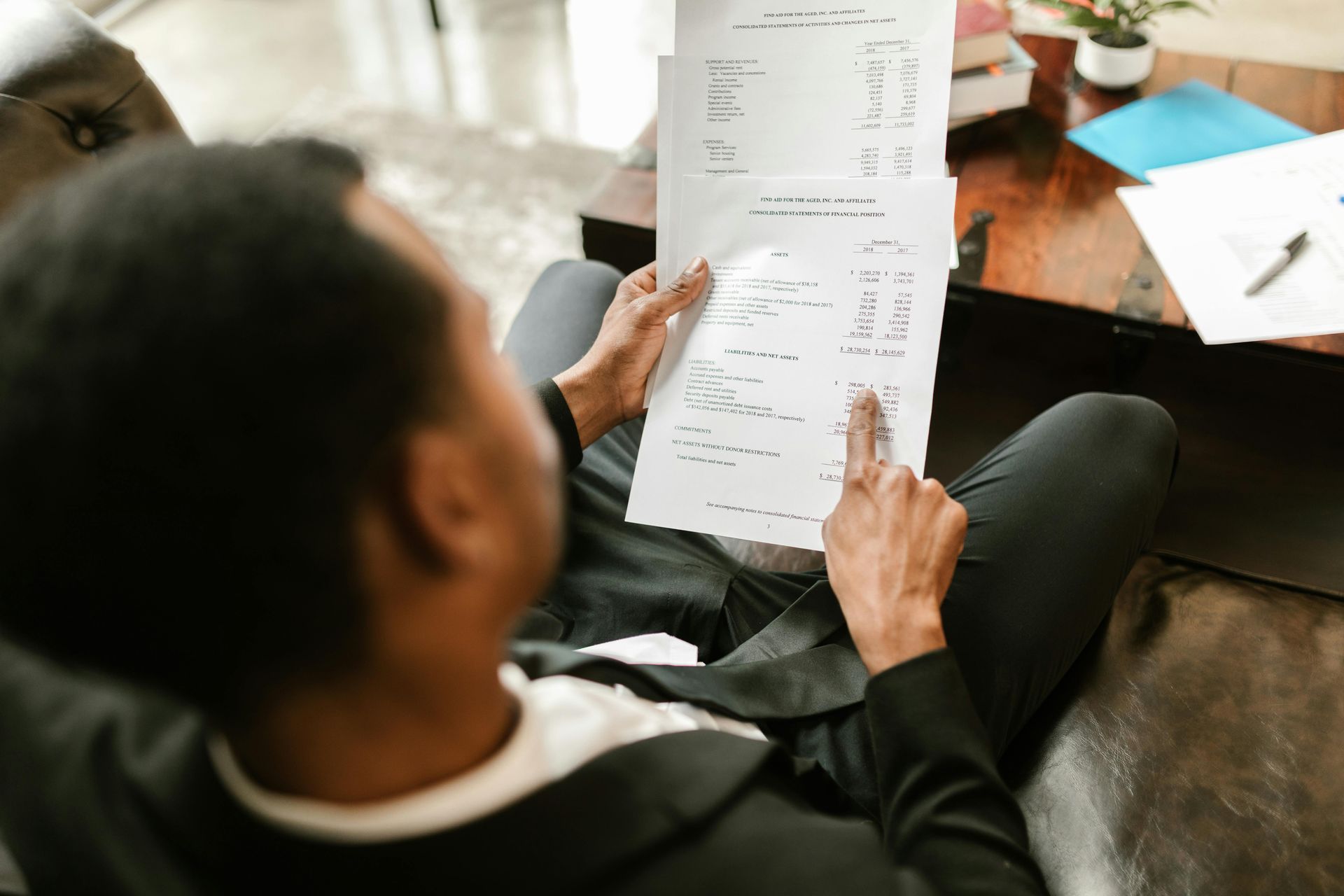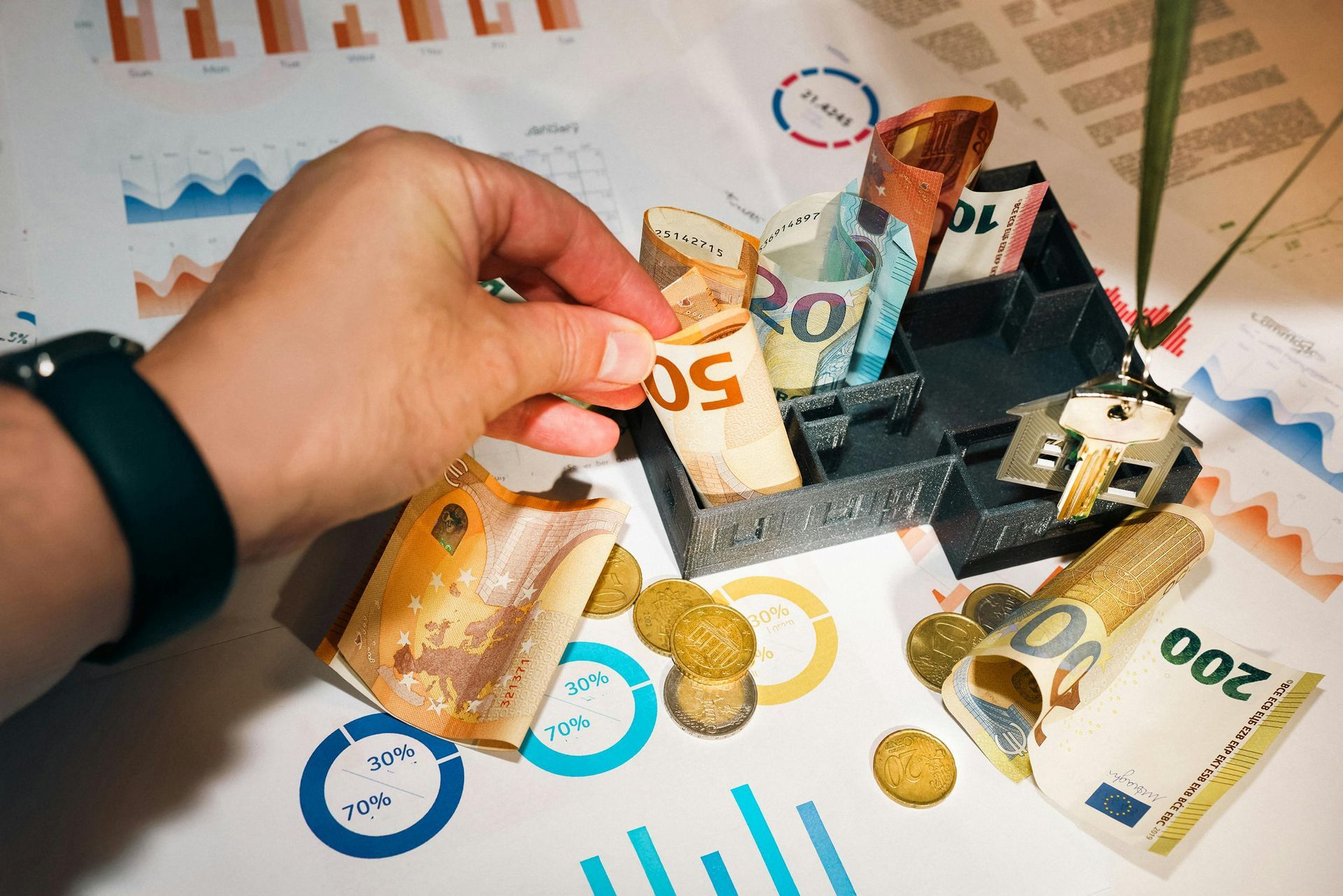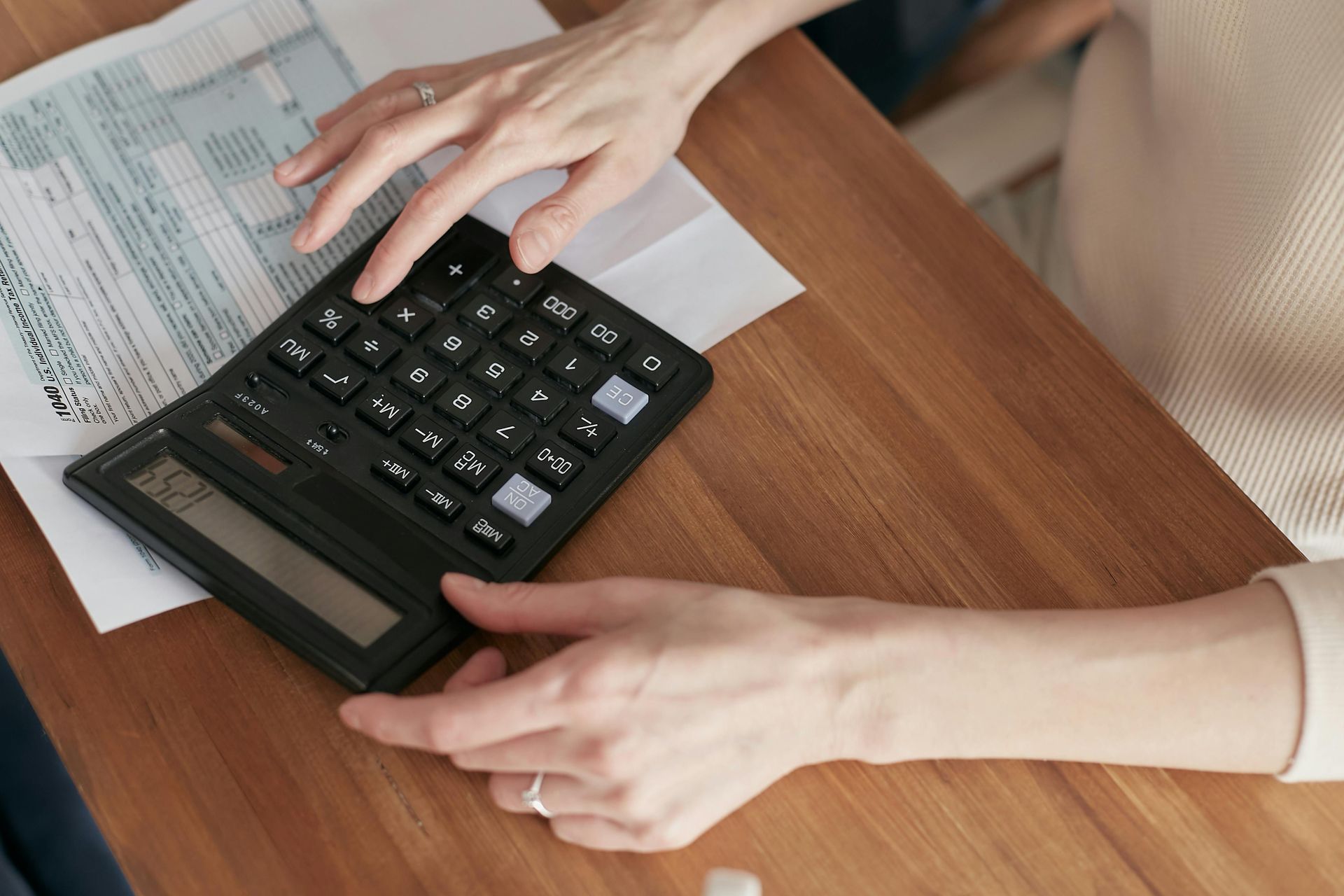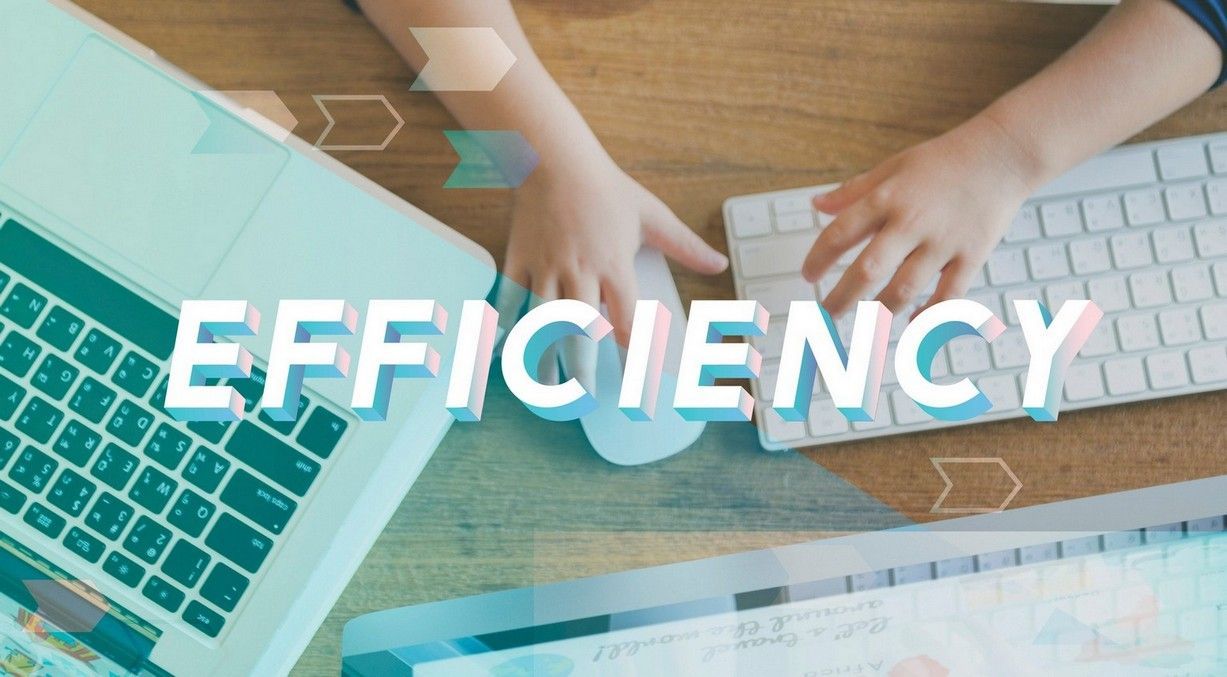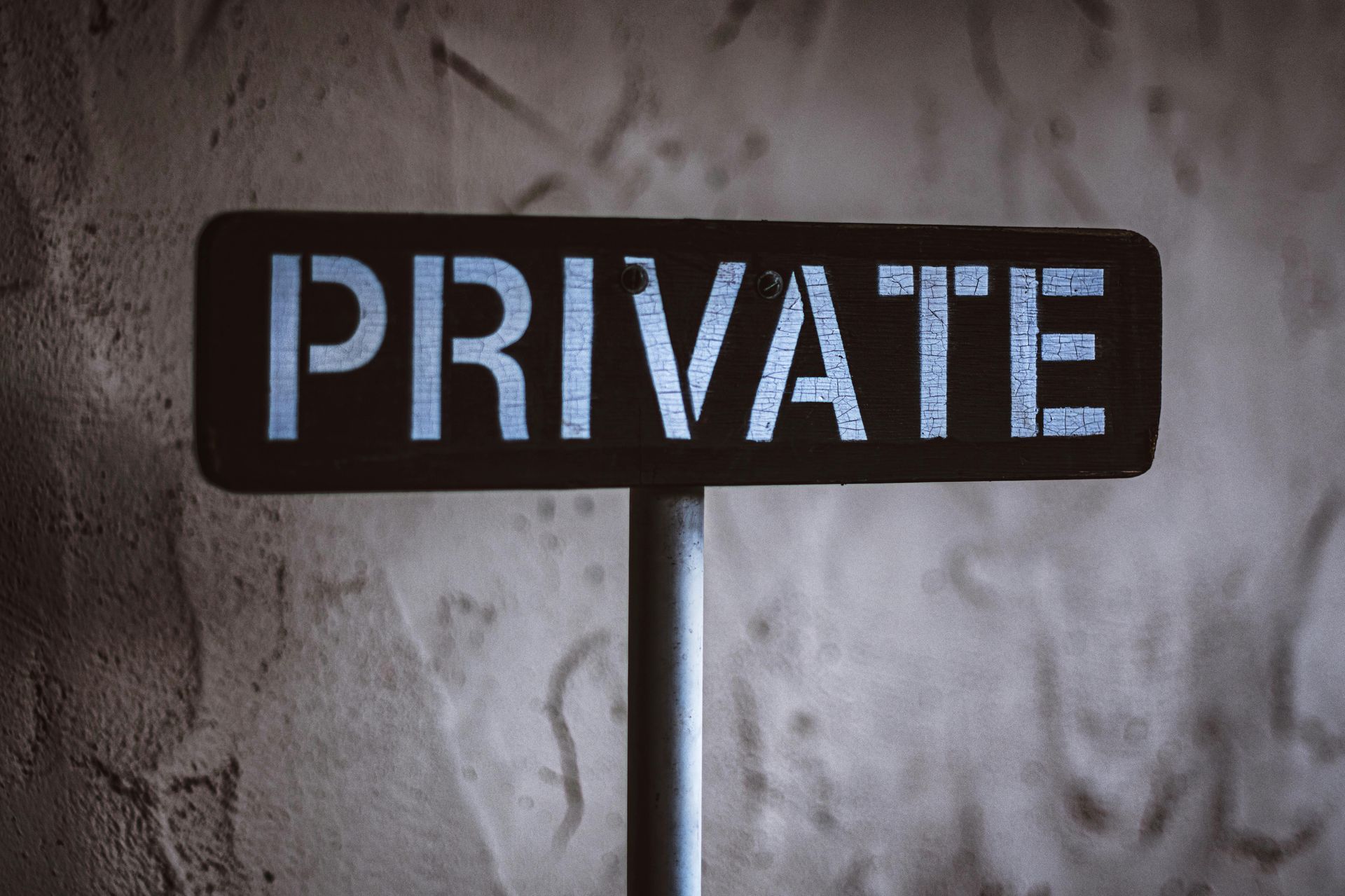Accounting Basics Every Creative Freelancer Should Know

Being your own boss has its perks—flexibility, creative control, and the freedom to work in pajama pants if you feel like it. But as any freelancer will tell you, managing your own business means you don’t just get to make the art... you also have to track the income, file the taxes, and figure out which receipts to keep.
At Andrea Ward CPA, we’ve worked with all kinds of creatives—designers, illustrators, writers, musicians, photographers, and beyond. And while their crafts differ, the financial headaches are usually the same. Poor recordkeeping, confusion over deductions, and missed quarterly taxes can turn tax season into a nightmare.
This guide is here to help. Whether you're brand-new to freelancing or just want to clean up your accounting system, we’re breaking down the essentials: how to track income and expenses, what deductions to watch for, and how to prepare for quarterly tax payments without panic.
Bookkeeping Doesn’t Have to Be a Drag
Let’s be real. Most creatives didn’t get into freelancing for the spreadsheets. But a basic system to track your income and expenses can save you from expensive mistakes and keep your business sustainable.
You don’t need fancy software to get started. Many freelancers begin with Excel, Google Sheets, or free apps like Wave. Others move on to tools like QuickBooks Self-Employed, FreshBooks, or Bonsai once things ramp up.
What to track:
- Every payment you receive (PayPal, Venmo, checks, etc.)
- Business expenses (software, subscriptions, equipment, etc.)
- Mileage if you drive for gigs or client meetings
- Receipts for anything business-related
Tip: Create a habit. Set aside 30 minutes each week to log new transactions, organize receipts, and make notes. You’ll thank yourself later.
Know What Counts as Business Income
Freelance income can be a bit... all over the place. One month you're flush from a big commission, the next it's slow. But the IRS still wants to know about all your income.
Report income from:
- Clients who send 1099-NECs
- Projects paid through platforms like Upwork, Fiverr, or Etsy
- Direct payments via PayPal, Zelle, or Venmo (yep, even those count)
And yes, even if a client doesn’t send you a 1099, it’s your responsibility to report that income.
Real-life example: One artist we worked with was paid partially in digital art trades and partially via Cash App. They hadn’t reported half their earnings. It caught up with them during an audit. Lesson learned: if it adds to your bank account or barter value, it’s income.
Deductions: Don’t Leave Money on the Table
The good news? Freelancers can deduct a lot of expenses. But only if you keep good records.
Common deductions for creative freelancers include:
- Computer, tablet, or phone (if used for business)
- Creative software like Adobe, Canva Pro, or Procreate
- Web hosting, domain fees, and online store platforms
- Office supplies, props, or backdrops
- Part of your rent or utilities if you work from home (home office deduction)
- Business meals, travel, and education
- Contracted help (assistants, editors, second shooters, etc.)
Note: The IRS expects that these expenses are ordinary and necessary for your line of work. So yes, a $2,000 camera lens might make sense for a photographer—but not for a freelance writer.
Tip: Keep digital copies of all receipts (apps like Shoeboxed or even Google Drive work well). Add notes when needed—future you won’t remember why that $93 Amazon charge happened.
Self-Employment Tax Is Real—Plan for It
As a freelancer, you pay both the employer and employee portion of Social Security and Medicare—that’s the self-employment tax, and it’s currently 15.3% on top of your income tax.
It adds up fast, especially if you’re not setting money aside throughout the year. That’s where
quarterly estimated taxes come in.
Quarterly Tax Payments: Avoid the Panic
The IRS doesn’t want to wait until April. If you expect to owe more than $1,000 in taxes, you should be making estimated payments four times a year:
Due dates:
- April 15 (for Jan–Mar income)
- June 15 (for Apr–May income)
- September 15 (for Jun–Aug income)
- January 15 (for Sep–Dec income)
To calculate your quarterly payments:
- Estimate your yearly income.
- Subtract estimated deductions.
- Use a calculator or CPA to project your tax liability.
- Divide by 4 and pay on time.
Example: A graphic designer expects to earn $60,000. After expenses, she has $45,000 in taxable income. Her federal income tax is around $5,000, plus $6,885 in self-employment tax. That’s nearly $12,000 total—or about $3,000 per quarter.
It doesn’t have to be exact, but paying close to your projected amount helps you avoid penalties. You can pay online at IRS.gov/payments.
Mixing Personal and Business? Let’s Not
One of the fastest ways to mess up your books? Mixing personal and business finances. Get yourself a separate checking account and, ideally, a business credit card.
Why?
- Easier to track expenses
- Cleaner bookkeeping
- Better audit protection
Even if you’re a sole proprietor, separating finances shows that you’re running a legit business. It also makes tax prep way smoother.
When to Bring in a CPA
There’s no shame in asking for help—especially when it could save you hundreds or even thousands of dollars.
A good CPA will:
- Help you set up a simple accounting system
- Make sure you’re capturing all deductions
- Prepare and file your taxes correctly
- Advise you on tax-saving strategies (like forming an LLC or S-Corp)
Many freelancers start out doing it all solo, but as your income grows or things get more complex (multiple revenue streams, employees, big write-offs), professional support becomes worth its weight in gold.
Case in point: We worked with a muralist who underreported income for years because clients paid her in a mix of cash, checks, and PayPal. After one too many missed tax payments, she came to us. We cleaned up her records, created a better tracking system, and got her back on solid ground—no more dread when tax season rolled around.
Final Thoughts: Keep It Simple, Stay Consistent
Creative freelancers often wear a dozen hats, and "accountant" usually isn’t the favorite. But having a basic grasp of your finances is a game changer. It helps you price your work correctly, save for taxes, and sleep better at night.
You don’t need to master spreadsheets or memorize tax code. You just need to:
- Track income and expenses
- Know your deductions
- Plan for taxes
- Ask for help when you need it
At Andrea Ward CPA, we love helping creatives feel confident about their finances. You bring the talent—we’ll bring the clarity. Whether you’re building your first freelance portfolio or scaling up to a full-time studio, smart accounting is part of your success story.
Because when your numbers are under control, you get to focus on what matters most: creating.
Andrea Ward, CPA
Andrea officially began her accounting career in 1987. But it all began much earlier than that as a kid when she meticulously budgeted her allowance to buy really cool toys. Since then, she has earned Cum Laude honors with a Bachelor in Business Administration, with equivalent minors in Finance and Economics from Texas A&M University. A CPA and Registered Investment Advisor, Andrea loves helping people accumulate wealth.



